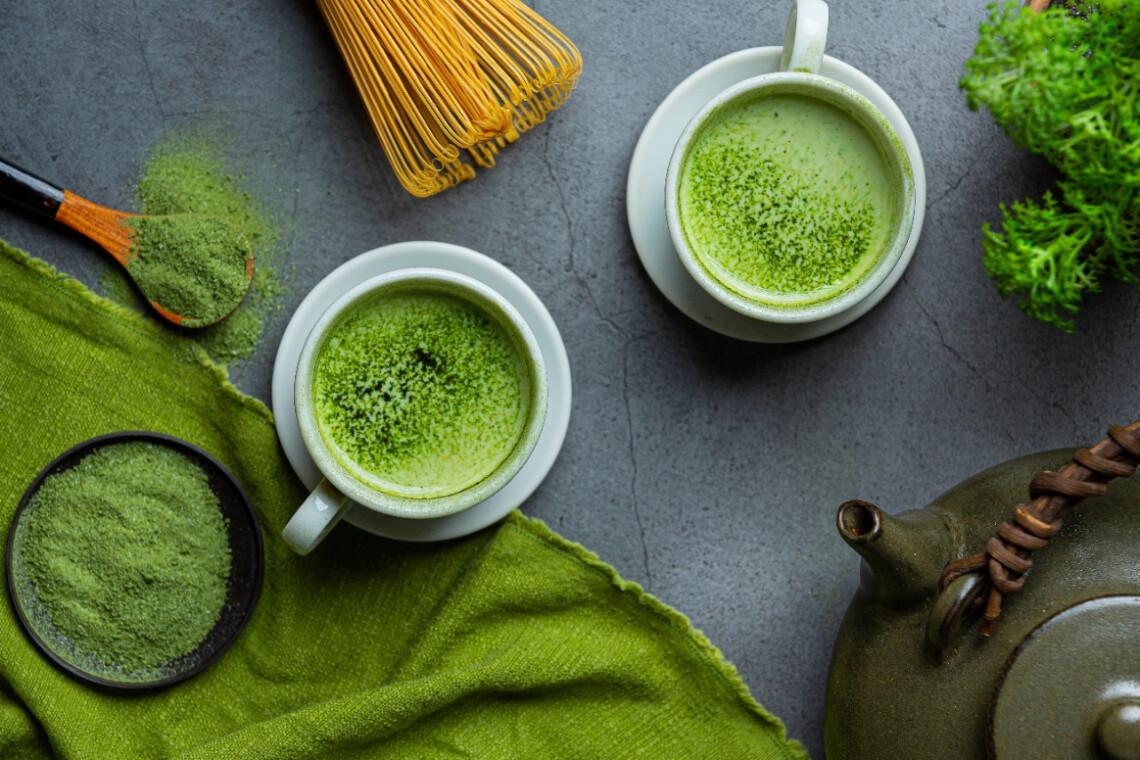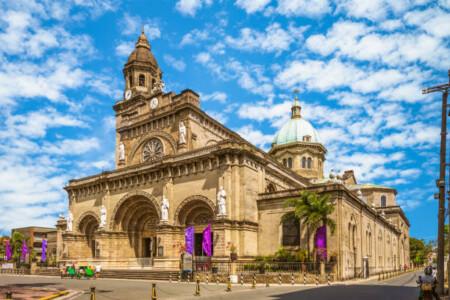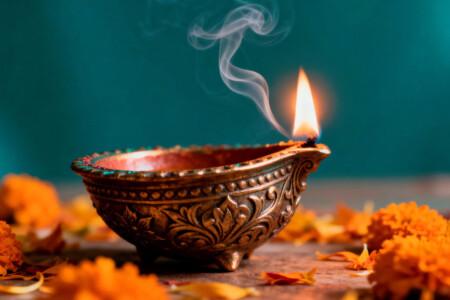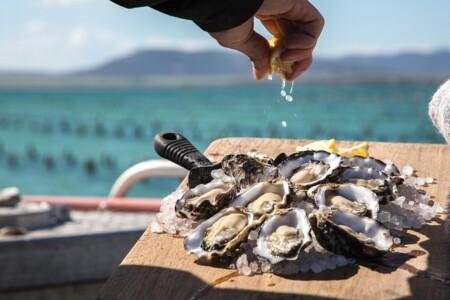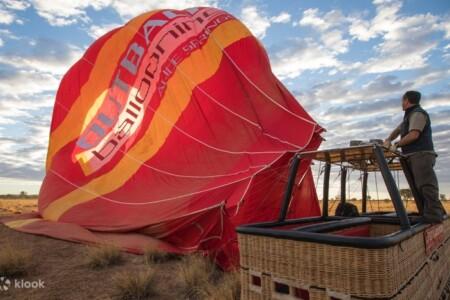Lately, you can’t scroll very far on Instagram, TikTok, or your feed without seeing that vibrant green swirl of matcha latte. Matcha has gone from traditional Japanese tea ceremony staple to wellness-icon, dessert star, café must-have and even kitchen staple. But what is matcha, and how is it different from other Japanese green teas like sencha, genmaicha, houjicha…? Also, how is the world coping with so much matcha demand?
Matcha vs Other Green Teas
|
|
How it’s grown / Processed
|
|
|
|
|
Shade-grown (leaf bushes covered from sunlight for weeks before harvest), leaves (tencha) are steamed, dried, then stone-ground into fine powder.
|
Rich umami, creamy, vegetal, slightly sweet (depending on grade), full mouthfeel. Bright vegetal green colour.
|
Because of the shading and grinding, tends to have good amino acids (like theanine) &somewhat high caffeine. Best in morning or early afternoon (if sensitive).
|
|
|
Sunlight exposed, steamed leaves, rolled & dried. Regular green tea leaf form.
|
Fresh, grassy, sometimes astringent (if brewed strong), can have sweetness if high quality.
|
Moderate caffeine. Good as an all-day tea.
|
|
|
Sencha (or sometimes bancha) blended with roasted brown rice (or popped rice).
|
Nutty, toasty, warm; the rice adds a comforting roasted flavour that softens the green tea edge.
|
Usually lower caffeine than pure sencha (since it’s diluted with rice) — great for relaxing or for those who find pure green tea too sharp.
|
|
|
Made by roasting green tea leaves (often sencha or bancha) at high heat (200°C or so). The roasting transforms flavour and aroma.
|
Deep roasted, smoky, caramel / toffee undertones, warm. Darker colour. Much more mellow.
|
Much lower caffeine, because roasting degrades some caffeine. Good in evenings or for calming moments.
|
Others (eg Guricha / Tamaryokucha / Bancha / Bouhoujicha)
|
Varying processes: curly leaf shapes, using stems instead of leaves, light vs heavy steaming etc.
|
Each has slightly different balance of vegetal / sweet / roasted / umami notes.
|
Varies; often these teas will have lower caffeine or lighter flavour.
|
The Matcha Boom & Why Supply Is Tight
While people are falling in love with matcha’s taste, colour, and wellness props (antioxidants, “calm alertness” thanks to theanine + caffeine), the rapid growth in demand is creating real pressure:
• Global demand has almost tripled (or significantly increased) since 2010 (Source: People.com).
• Production is limited: High-grade matcha comes from specific grades of tea plants (tencha), shade growing, careful harvesting, drying, stone grinding — all of which are labour- and climate-sensitive (Source: South China Morning Post).
• Weather and production constraints are hurting yields in famous regions (such as Uji, Kyoto). Meanwhile, the supply chain — from farmers to grinders to distributors is stretched (Source: CNBC).
• Some matcha producers have started limiting sales, or certain “premium” grades are harder to come by (Source: TIME).
• Price increases are already happening (or expected), especially for higher grades or ceremonial-grade matcha (Source: CNBC).
So yes — the matcha craze isn’t just about novelty. It’s real, it’s growing, and supply is tightening.

Riding on the Trend
We’re excited to say we’re hopping on the matcha wave too — celebrating its unique flavour, cultural roots, and potential as a healthier alternative in drinks and desserts. Whether you want creamy lattes, baked goods, or just a vibrant cup, matcha (and its green tea siblings) offer something special.
Because matcha is starting to feel like gold dust in some places, having access to good powder now matters. Also, as high-demand strains supply, choices of grade, authenticity, and price will differentiate what’s “good enough” vs “luxury”.

Popular Matcha Powder Selections
If you’re thinking of buying matcha powder, here are some options available on Shopee Malaysia. Prices may vary depending on stock, shipping and powder grade. The deeper the shade of green powder, the higher the quality of matcha:
![]()
(Link: https://tinyurl.com/9y99s6f9)

(Link: https://tinyurl.com/bdem25sn)
![]()
(Link: https://tinyurl.com/yve5azxw)

(Link: https://tinyurl.com/4awd2xww)

(Link: https://tinyurl.com/5n6pna9u)
![]()
(Link: https://tinyurl.com/bdhkjwy8)

(Link: https://tinyurl.com/6yh8pbdw)
How to Choose & What to Be Careful About
Since supply is tight, and many sellers are jumping in, here are tips:
1) Know your grade – ceremonial vs culinary. Ceremonial is for drinking neat; culinary is fine for lattes, baking etc. If you buy only for baking, you don’t necessarily need ceremonial (which is more expensive and gets used up more quickly in flavour).
2) Check origin and authenticity – look for reputable brands, proper packaging, reviews, maybe even traceability.
3) Watch for freshness – matcha oxidises quickly, loses flavour. Packaging matters (e.g. sealed tins, small batches).
4) Don’t be seduced by overly low prices – if something is very cheap, check the ingredient list, reviews, whether it’s genuine tencha matcha or a blend.
5) Mind the supply cycles – harvest seasons, shipping delays, and grading take time. Because of the current global demand, some good matcha grades are sold out or allocated early. Thus, if you find something good, it might be wise to grab it.

Matcha is more than just a fad. It’s a green tea with deep tradition, but now playing a big part in global trends: wellness, cafés, desserts. But with that fame comes risk — supply shortages, rising prices, and risk of low-quality or mislabelled powders flooding the market.
If you love matcha, now is a good time to explore. Try different grades, compare flavours and find a seller you trust. Enjoy the journey — that vibrant green, creamy umami hit, the ritual of whisking, the calm-alert energy it brings.
Stay tuned for Part 2, where we’ll share fun matcha-inspired drinks you can try at home. In the meantime, follow @MyRehat on Facebook and Instagram for more travel, food, and travel updates.

![]()


